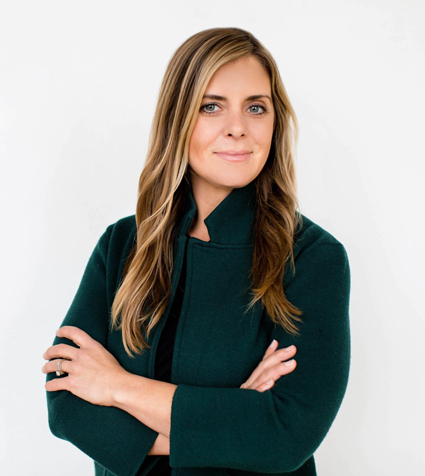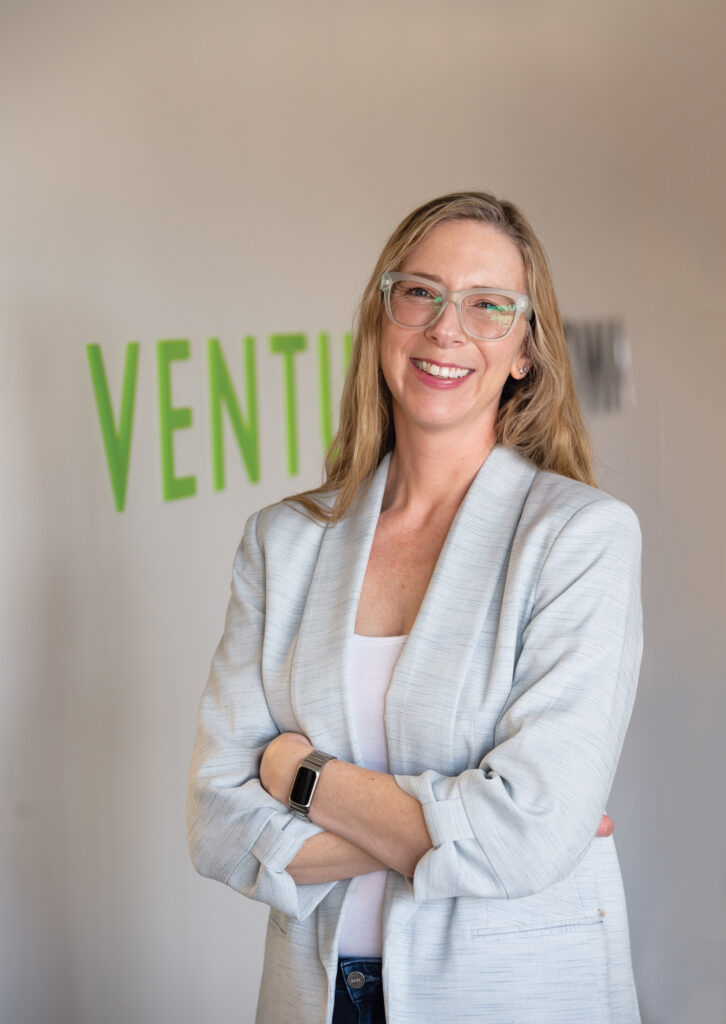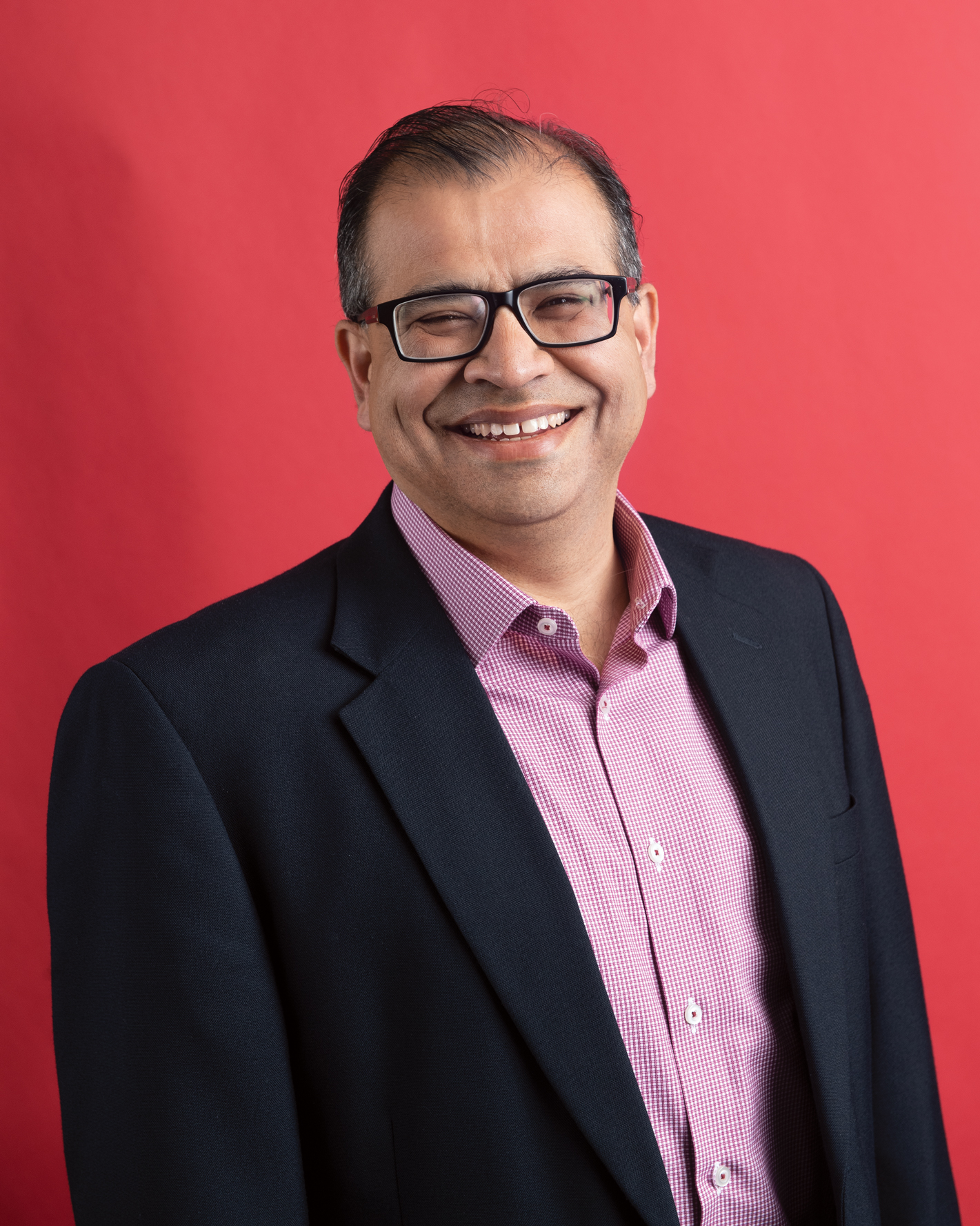A look at the journey of Iowa’s startup funding ecosystem
By the nature of startups, finding funding will always be challenging, especially during companies’ early days.
Iowa has seen significant expansion of resources to capitalize startups in the last 10 years, leaders say, but refining pathways to funding must remain a top priority in order to stay competitive and maintain a healthy and active entrepreneurial ecosystem.
An entrepreneurial ecosystem is the sum of its parts. If a part is missing or lacking, the system cannot function to the best of its ability. On the other hand, the prosperity of one area can also strengthen the entrepreneurial community as a whole.
The development of three main sources of early-stage capital for Iowa startups — angel investors, venture capital and state government funding — has helped ease access to capital and, in turn, helped support and elevate entrepreneurship overall.
Making investors more accessible
Startups require larger amounts of outside funding early on because they are typically developing new technologies and seeking to scale their business quickly and widely.
After contributing some of their own money to kick-start their business, one of the earliest funding sources startup founders may turn to is angel investors, high net worth individuals who are interested in supporting young companies.
In 2011, the group of six leading Startup City Des Moines recognized that these potential investors were out of entrepreneurs’ reach.
“The core problem was that unless an entrepreneur had a rich uncle or knew the high net worth individuals in the community, they would not be able to reach angel investors,” Tej Dhawan, co-founder of Plains Angels, said.
Founding Plains Angels, a group of accredited investors that meets to hear startups pitch, was a first step to making interested investors more visible to entrepreneurs, Dhawan said.
The idea spread, with a handful of angel groups active in other Iowa communities and regions. But the work continues as Plains Angels still needs further diversification of its members, Dhawan said.
He said better investments are made when the investor pool represents a knowledge of various industries as well as gender, racial and age diversity.
“We need more diversity because our community has a lot of business diversity, but it’s not fully represented,” Dhawan said.
There are more investors in Des Moines than those involved in organized groups, he said.
For example, he said he knows many women investors but fewer who do angel investing, “not because they’re not there, but because either we haven’t been able to reach them, or we’re putting some sort of a block inadvertently that’s keeping them from joining us.”
Sometimes angel investors aren’t in groups because they find deals through personal or professional connections.

Charise Flynn, co-founder and chief operating officer of the Hummingbirds, has discovered opportunities to angel invest in recent years from just being approached by friends of friends asking for help.
Making connections with potential investors is still essential to fundraising, but founders who are starting from scratch can better identify and access potential investors.
Flynn started in 2011 as chief operating officer of Dwolla, one of Iowa’s tech startup success stories, when there were no venture capital firms based in Des Moines. When she left the company in 2016, Next Level Ventures and ManchesterStory were active, with more to come.
Iowa venture capital firms raised over $240 million in capital to invest in companies in 2022, the third consecutive record-setting year, according to the Iowa Innovation Dashboard.
The addition of capital providers and resources in the last decade has elevated funding opportunities, and Flynn said with their maturation has come a new mindset about risk capital that recognizes scalable companies can be built in Iowa and anywhere.
Doubling down on Iowa’s strengths
About five years ago, a report commissioned by the Iowa Economic Development Authority analyzed how Iowa could advance its position in the biosciences and identified four sectors within the industry where Iowa has potential to lead.
The report initiated the shift of BioConnect Iowa’s mission to focus on developing strategies for how the state could better commercialize bioscience research coming out of Iowa universities. It has also influenced startup funding, with investments from some sources homing in on industries with strong growth potential: technology, advanced manufacturing and bioscience.
IEDA offers a continuum of innovation funding in the form of low-interest loans meant to support startups from when they are pre-revenue to when they are expanding. Part of the $96 million award Iowa received last year from the federal State Small Business Credit Initiative program was allocated to increasing the amount of funding available at each stage.
Another $30 million went toward creating Iowa’s newest venture capital fund, InnoVenture Iowa. Since launching in fall 2022, it has invested in eight Iowa startups in the target industries.

Adrienne Greenwald, managing principal of VentureNet Iowa, which administers the application process for the IEDA innovation continuum funds, said the report highlighted where Iowa had a “toehold,” but also that it had to capitalize on its innate strengths. It made clear that “if [Iowa is] going to remain competitive today, and then be competitive in the future, you need to double down on these sectors,” she said.
Greenwald said startup activity works like a funnel, with the most activity at the top and ultimately a fraction going to market.
Funding opportunities from IEDA and InnoVenture are trying to drive more early-stage startup activity, she said, with the idea that more activity raises the possibility of success for more companies.
Steve Brody, executive director of BioConnect Iowa, said the overall startup activity plays a role in attracting the funding they need.
“If you have really good startups, if you have really good deal flow, the money will follow,” Brody said. “But it’s just making sure that you’re really working on that ecosystem as a whole, bringing through great research into commercialization.”
Needs on the Iowa startup scene
IEDA had a follow-up report done in 2022 to measure Iowa’s progress since shifting more focus toward the state’s stronger industries. Anna Lensing, innovation team project manager at IEDA, said the new data found that Iowa grew 200% in bioscience and agtech-related venture capital deals between 2015 and 2021 while the U.S. overall grew 50.5%.
Developing risk capital opportunity is never finished and the progress Iowa is seeing perhaps helps stakeholders drill down and identify the nuanced needs communities have.
For example, Dhawan said IEDA’s early-stage funding supports startups in many industries but may not serve some companies in capital-intensive industries. The sectors needing more funding upfront tend to be developing prototypes or seeking regulatory approvals or a patent.
Kaylee Williams, investment director for InnoVenture Iowa, said the fund has recognized this reality affects some of the startups they are looking to attract. The fund is now willing to invest up to $5 million in bioscience companies, compared with the fund’s previous $2 million limit. And for companies in certain industries, InnoVenture Iowa is open to contributing up to $10 million to a fundraising round, Williams said.
Where there are early-stage funding needs, Dhawan said private investment entities have an opportunity to step in.
“It could take the form of a fund, it could take the form of large groups of angels who tend to like certain types of businesses, and it could create a mass or critical mass of entrepreneurship,” Dhawan said.
Greenwald said private dollars can help provide the matching funds companies need to qualify for IEDA’s innovation funds. The $5 million Wellmark Community Venture Capital Fund served that role until it was suspended in 2021.
Greenwald said while the fund’s absence has been noticeable, startups have found the matching dollars they need from other sources. There is also an effort to launch a similar fund in its place, she said.
Another hurdle for startups that several leaders have noticed is Iowa’s dearth of venture capital firms that will be lead investors, the person or entity that leads the company and other investors through the transaction and usually contributes about half of the funding being raised.
Few Iowa-based firms will take on that lead role, causing founders to look outside the state, which still has an upside.
Especially after the pandemic, Flynn said making deals is more determined by the ability to build relationships with investors rather than the company and investor being in the same city.
“[A lead investor] doesn’t have to be located in Iowa, but building a network to connect with lead investors is crucial. I’ve noticed with Liz Keehner at Next Level Ventures and Kaylee at InnoVenture, I think they’re very mindful of how do we create this network of investors we could introduce companies to,” Flynn said. “That is really important to the ecosystem.”
“It is absolutely on [Iowa] to develop those relationships,” Williams said.
Dhawan said as an investor, he isn’t looking at artificial borders when deciding who to invest in.
“It doesn’t bother me where they are. It’s what they’re doing and what their prospect of growth is,” he said.
He said supporting a “no borders” mindset on investing can increase Iowa’s exposure to startups located elsewhere and show them what the state offers “beyond investable dollars.”
“We have good academic capital, we have good business capital,” he said. “That’s why the Global Insurance Accelerator sits here, because our capital of insurance partnership in this community is significant compared to many similar size communities in the country.”
Building a capital culture
Having gone through some of the initial steps toward growing risk capital opportunities, Iowa’s entrepreneurial community has developed its own culture surrounding startup funding.
Flynn said venture capitalists on the coasts are likely to take the biggest bets but as a traditionally risk-averse state, Iowa has struck a balance between increasing its risk tolerance while still supporting “more winners rather than one big winner.”
Brody said more entrepreneurs in the state and its communities willing to take on risks will continue to drive the culture and innovation overall.
Qualities seen as innate to Midwest culture already, like work ethic and willingness to connect and support others, also influence Iowa’s attitude toward investing and fundraising.
“I think there [has been] some acknowledgement that there’s a practicality in the way that people build companies in the Midwest,” Flynn said.
Making Iowa into a competitive space for risk capital means everyone who touches entrepreneurship building a culture of improvement and advancement.
Brody said seeing the new data about Iowa’s progress in bioscience startup and investment activity proves involving the whole ecosystem fosters results.
“The number of startups and the number of investments that were made and the dollars that were made — you don’t have that type of growth organically. It takes everybody working together,” he said. “Now, the challenge in front of us is can we continually improve our coordination and our engagement and making sure that we’re filling all the gaps that are out there. That’s what we spend a lot of time [at] BioConnect doing with the support of IEDA.”
Flynn said that from the perspective of a founder, she pursues success with the goal of bringing others along and giving them opportunities to do the same.
“The way I can give back to the ecosystem is to keep building [and] hopefully create a lot of success that goes on to create more success,” she said.
That never-ending cycle is central to an entrepreneurial ecosystem, she said.
“Once you’re part of the ecosystem, that’s how you create an ecosystem, really,” she said. “You create one company and all your team members get exposed to what it is like to scale a fast-growing startup. Those team members then go on to work in other startups, create startups of their own or even become investors. I think that that’s so critical — how something’s created.”
